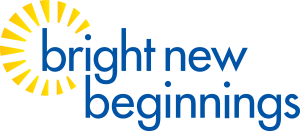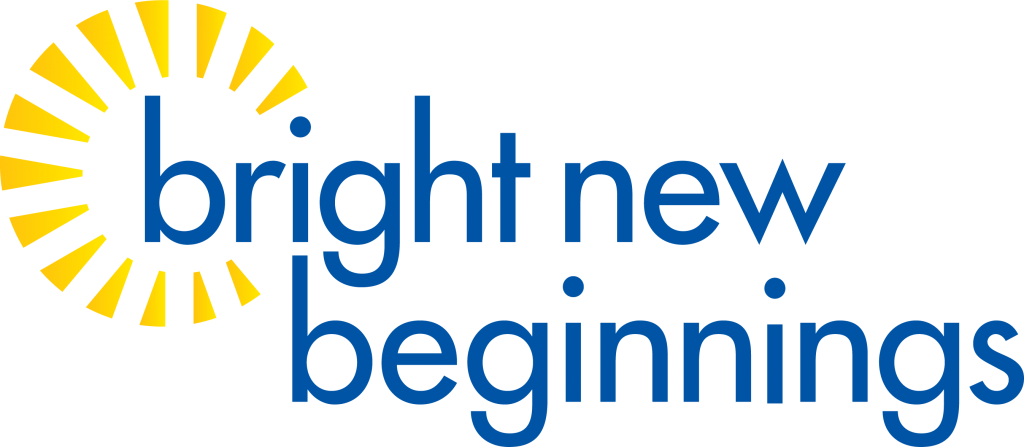MEDICATIONS FOR OPIOID USE DISORDER (MOUD)
Currently, there are three medications approved to treat Opioid Use Disorder: Methadone, Naltrexone, and Buprenorphine. Each has its own specific benefits and restrictions. As with any chronic disease, the drug that is most effective varies for each patient. Here are a few of the major differences.
Methadone
A long-acting full opioid agonist. It reduces opioid craving and withdrawal and blunts or blocks the effects of opioids. It can only be dispensed through federally regulated opioid treatment programs. Methadone is taken once a day and available in various forms such as powder, liquid, tablets, and diskettes. Under medical supervision it has been proven to be safe and effective when prescribed as part of a treatment plan that includes counseling and social support programs.
Naltrexone
An opioid antagonist. It is a non-narcotic, non-addictive medication that works to block and bind the opioid receptors which produce the opioid high. It is prescribed in a once-per-day pill form (ReVia) or as a once-a-month extended release injectable (Vivitrol). It is a safe and effective Medication-Assisted Treatment option provided that the patient is completely through opioid withdrawal and has stopped using addictive substances. If the patient does attempt to use opioids while on Naltrexone they will not achieve the euphoric effect. Due to this inability to get high, there is a danger that taking ever-increasing amounts of opioids could lead to overdose and death. If patients on Naltrexone discontinue use they may have reduced tolerance to opioids and future use at past dosage could be life-threatening.
Buprenorphine
A long-acting partial opioid agonist (brand name Subutex). It produces effects such as euphoria or respiratory depression at low doses; however, these effects are weaker than full opioid agonists such as heroin and methadone. Its opioid effects increase with each dose until at one point it levels off for good. This ceiling effect lowers any risk of misuse and dependency. It can be prescribed by any licensed health care provider, though federal law requires those prescribing Buprenorphine to receive special training and certification. It is the first approved medication for opioid dependency permitted to be prescribed or dispensed in the physician’s office. It is taken as an oral tablet or film dissolved under the tongue. Dose is usually once a day, but physician can scale dosing depending on the patient.
Suboxone
Suboxone is one of the more common drugs used in Medication Assisted Treatment. It is the brand name for the combination drug consisting of Buprenorphine and Naloxone. Naloxone (also known as Narcan) is a strong opioid antagonist. It bonds to the opioid receptors in the brain but does not produce a high or dangerous side effects. In fact, it reverses the opioid high. The combination of Naloxone with Buprenorphine (as in Suboxone) is intended to block the possibility of intravenous abuse. Suboxone, as prescribed, is taken as a sublingual film or tablet. If the tablets are crushed or dissolved and injected, the Naloxone effect dominates to block any euphoric effect and may even bring on opioid withdrawal symptoms. Suboxone clinics are a growing business and are not all the same. If Suboxone treatment is your choice, be sure to find a practice that offers a full continuum of care.


